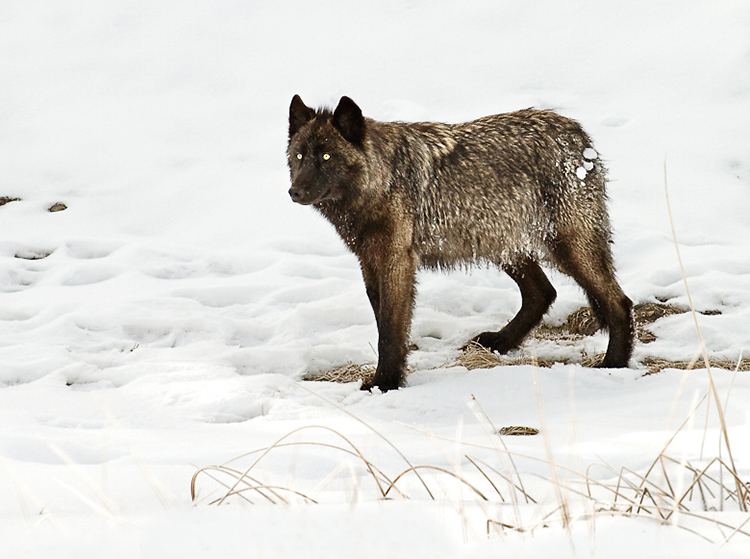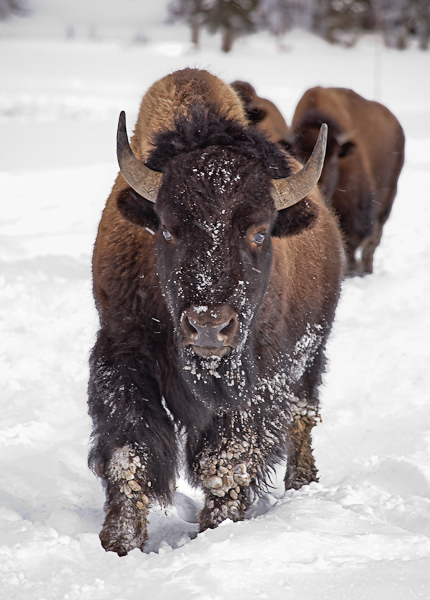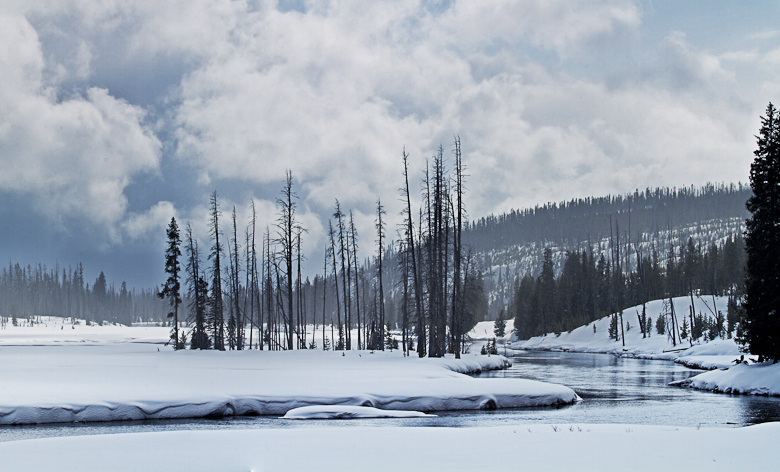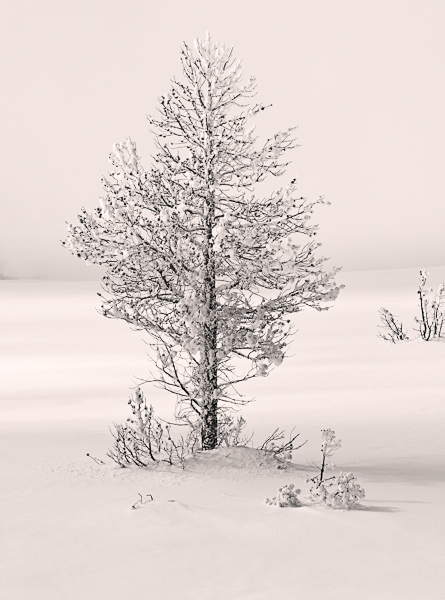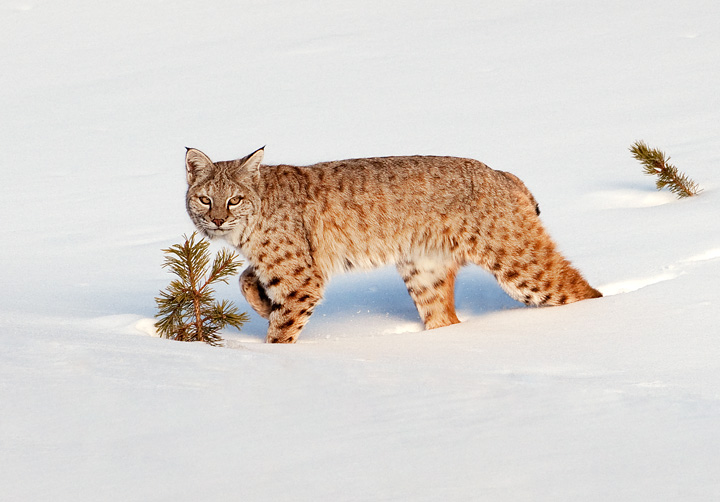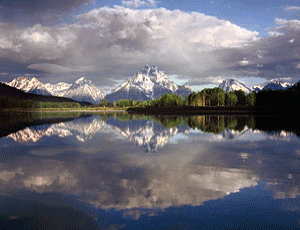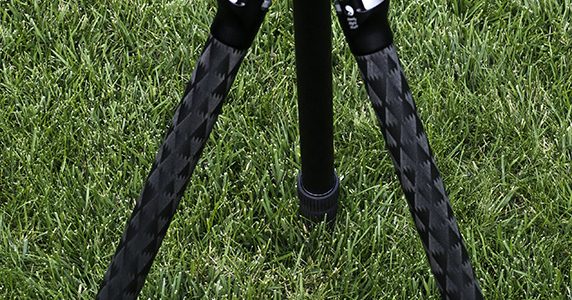Created on March 1, 1872, Yellowstone was the first national park in the world. Located primarily in Wyoming, it is known for its wildlife and many geothermal features, especially Old Faithful Geyser. It is also known for its summer crowds. Over 3 million people visited Yellowstone over the June, July , August and September summer season in 2010. Just you, your loved ones and the entire city of Chicago in the wilderness.
There is a better way. You can move the calendar back 100 years and enjoy the park in an epoch of isolation and revelation, the way it was meant to be seen. It may tax your stamina, it may chill you to the bone, it will leave you poorer in purse, yet richer in spirit with memories to hone.
Organizing a winter Yellowstone trip can be challenging. In winter, with the exception of the road running from Mammoth through the Lamar Valley to Cooke CIty, on the north end of the park, the roads are closed to auto traffic. All travel is by snowcoach, guided snowmobile or skis. When you realize that temperatures might dip as low as -40 degrees fahrenheit and the nearest habitation may be twenty miles away, the difficulties become clear. Fortunately there are quite a few capable people running winter Yellowstone photo tours. It will cost you between between $4000-$5000 for a week long excursion, but it will be money you will never regret having spent.
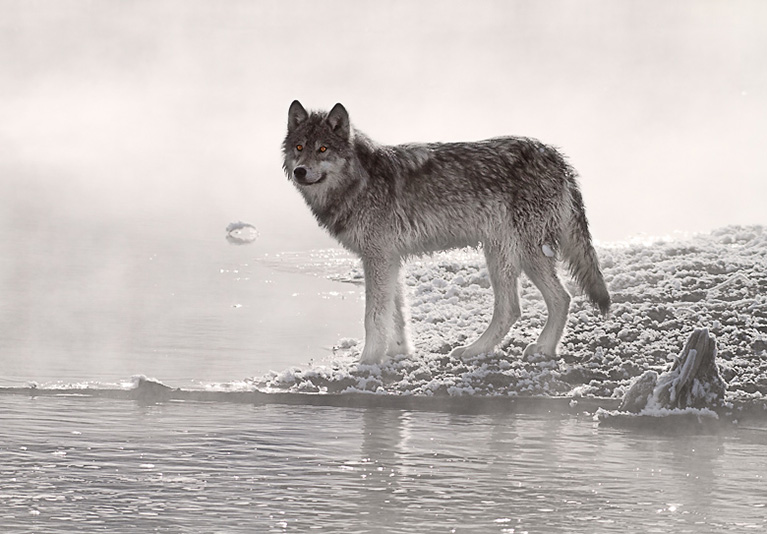
Click on image for more infomation
If you choose to see Yellowstone in winter on a limited budget, I suggest staying in Gardiner, Montana. You can still drive the Lamar valley and see part of the park. The main winter stars of the Lamar Valley in recent years however, are now gone. I’m speaking of the famous “Druid wolf pack“. Love them or hate them, the main attraction in Yellowstone over the past 15 years has been the wolves. The Druid pack lived in the wide open Lamar valley and performed for the tourists, especially in winter. By the middle of 2010 they were down to one lone wolf. They were the victims primarily of other wolves, parvo and mange. With the Druid pack gone and wolf hunting resuming in neighboring states, it is unlikely that future area packs will be as open or accomodating for photographers.
The most likely place to find Yellowstone wolves in winter these days is in the interior of the park. To travel there you must obtain access by being part of one of the organized photo tours mentioned above. Make sure your tour guide is used to accomodating the needs of photographers. It helps to have one with some background in biology and good connections within the park. Check out their web site. Are they skilled wildlife photgraphers? If not they might be unable to deliver the results you expect. Nothing is guranteed in this world, but making a wise decision in the selection of your guides will increase your chance of success.
In recent years I’ve had good luck finding wolves in winter along the Madison river and in the Hayden valley. Last year we were fortunate enough to spot several fresh elk kills along the Madison river. We sat those kills and waited for the pack to return. The pack we found was the relatively new “Mystery Pack”. They had moved in from Idaho and made a winter home in Yellowstone. They were smarter than past wolves and more elusive. They evaded the park service biologists attempts to fit them with radio collars. Hunger made the wolves quite tolerant of our presence and we got quite extended shooting times as they gorged themselves.
Two years previous, we spotted remnants of the “Hayden Pack” and “Mollies Pack” near Canyon in the central part of Yellowstone. Although we got some good photos, the encounters lasted less than 5 minutes each, time wise. You had to shoot quicky and be alert to get good results.
Preparedness is a key to success in winter wildlife photography in Yellowstone. I always carry two cameras ready to shoot. One is ready to be hand held. It has the equivalent of a 100-400mm IS lens mounted on it. This is used for nearby grab shots when an animal pops up at close range. The second is attached to my Sigma 300-800mm zoom lens. It is sturdilly mounted on a tripod and ready to be deployed for long range photo opportunites as they arise.
Click on image for more infomation
Click on image for more infomation
Bison are to Yellowstone wildlife what Old Faithful is to Yellowstone geysers. Even in winter they are ubiquitous. The bison was the dominant large herbivore in North America for thousands of years, and is still the biggest in size. Yellowstone is the only place in the United States where bison have lived continuously since prehistoric times. Bison are the end product of 100,000 years of large herbivore evolution in the Yellowstone ecosystem. Three feet of snow on the ground and -40 degrees fahrenheit temperatures, no problem!
The largest bison herd in the winter is in the Lamar valley to the north, but they are also found throughout the park. Mature bulls weigh close to 2000 pounds and are a match for anything short of a large grizzly. In winter, they use their large heads like a plow to push aside snow and find winter forage. In the park interior where snows are deep, they winter in thermally influenced areas and around the geyser basins.
You will get the opportunity to photograph a snowy bison on your trip, but give him his due and keep your distance. They may look docile, but they are not cows. Since the 1970s, when park rangers began enforcing rules against bear feeding and the bison population grew to exceed that of bears, bison behavior has resulted in more human injuries than that of grizzly and black bears combined.
The fellow at left is a large bull. He and our snow coach were headed in opposite directions on the same road. Since he felt it was his road, he lowered his head and bluff charged us several times. Our driver inched the 10,000 pound snow coach forward. After giving it a little thought, the bison decided to yield us the right of way, and moved around us to the left.
Yellowstone is not known for astounding landscape photo locations. It’s one jewel, artists point in the Grand Canyon of the Yellowstone, is in winter a very ordinary location. The treasured falls are almost totally encased in an ice/snow bubble. You can see part of the falls thorugh a window in the bubble, but all in all, it leaves much to be desired. The reflection shots that are possible in summer, in some of the small pools or streams are frozen over.
What’s a poor photographer to do? The answer is I guess, keep your eyes open and watch the weather. When its snowing hard, photography is always somewhat challenging. If it looks the weather is about to break, get to a location with an open view of the terrain. Wait for the clouds and the light to provide a pleasing view and give it your best shot. With a lot of patience and a little luck you may get a pleasantly surprising result.
Click on image for more infomation
Click on image for more infomation
A more promising landscape photo opportunity exists if you pursue what I like to call macro landcape or detail shots. The interplay between snow, mist and light can be quite interesting in many of the thermal regions. A single tree or group of trees can drift eerily in and out of the fog created near thermal hot springs. The trick of course, is finding just the right composition and combination for the shot. I think you’ll find that the challenge is one worth taking.
One demanding aspect of Yellowstone winter photography is the quite chilly environment that you’ll be shooting in. Fortunately modern lithium batteries handle the cold quite well. Down to a temperature of about 10 degrees fahrenheit I don’t notice any drop off in there capacity or change in camera function. Below that mark, especially in the -10 degree F and lower range, I keep a spare lithium battery inside my coat, so it can be warmed by body heat. When the battery I’m shooting begins to poop out, I exchange it with the warm battery and keep shooting. If this happens again I repeat the process. I have never had to go to a third battery. I do not however shoot more than 500 shots in a day. If you are a machine gunner at heart you may want to keep a third battery handy, in a warm spot of course.
The bigger problem shooting under these cold conditions is condensation. I keep a small plastic bag in the pockets of my coat. When it’s very cold, I put my camera in the bag before I return to and enter a heated vehicle. The condensation then occurs on the bag and not on the camera inside it. A super telephoto lens requires something like a large garbage bag to cover both it and the camera.
The most enthralling event of your winter trip to Yellowstone is likely to be one that is totally unexpected. Yellowstone’s winter landscape hides its secrets well. When you least expect it, one is likely to emerge, out of the mists.
The bobcat seen in the photo at right is one of those unforseen happenings. On our first day in Yellowstone this winter, we were returning from shooting in a steamy thermal area. Low and behold this fellow jumps out of a tree onto the road in front of our snowcoach. He crossed the road and went up the hillside out of sight. We thought he was gone. He had other ideas. He came back to the top of the hillside overlooking the road. We followed him north on foot as his track paralleled the road. After about 1/2 mile he stopped and sized us up. At that point he started coming back towards the road and us. He ended up crossing in front of us at a distance of about 50 feet. At one point he paused and gave us the look you see in the photo.
On another day, on the same trip, we watched a pair of bald eagles perform their courtship and mating ritual near their Madison river nest.
What unforseen event will happen during your trip to Yellowstone in winter? That’s a question I can’t answer. You will have into venture into the frozen high country of northwestern Wyoming and find out for yourself.
Click on image for more infomation
Miles has been involved with photography for over forty years. He teaches digital photography at Casper College in Casper,Wyoming. His photos have won awards fromNatures Best magazine,Photo.net, The Luminous LandscapeandWyoming WIldlife . Miles’ photos have been published in American Vignette, Backpacker Magazine, Natures Best Images, Popular Photography, Wyoming Audubon, and Wyoming Wildlife. He is co-founder ofWyoFOTO LLC.
Geotagged Photolocation Index
January, 2011
You May Also Enjoy...
Is this the world’s best tripod?
Really Right Stuff TVC-34L tripod with ARCA SWISS C-Cube head Buying Tires Buying a tripod reminds me of buying tires for a car. I ask
Meteor
While this tutorial on photographing meteors was written for one particular meteor shower, the Leonid shower of Nov 18, 2001, it can be used any
